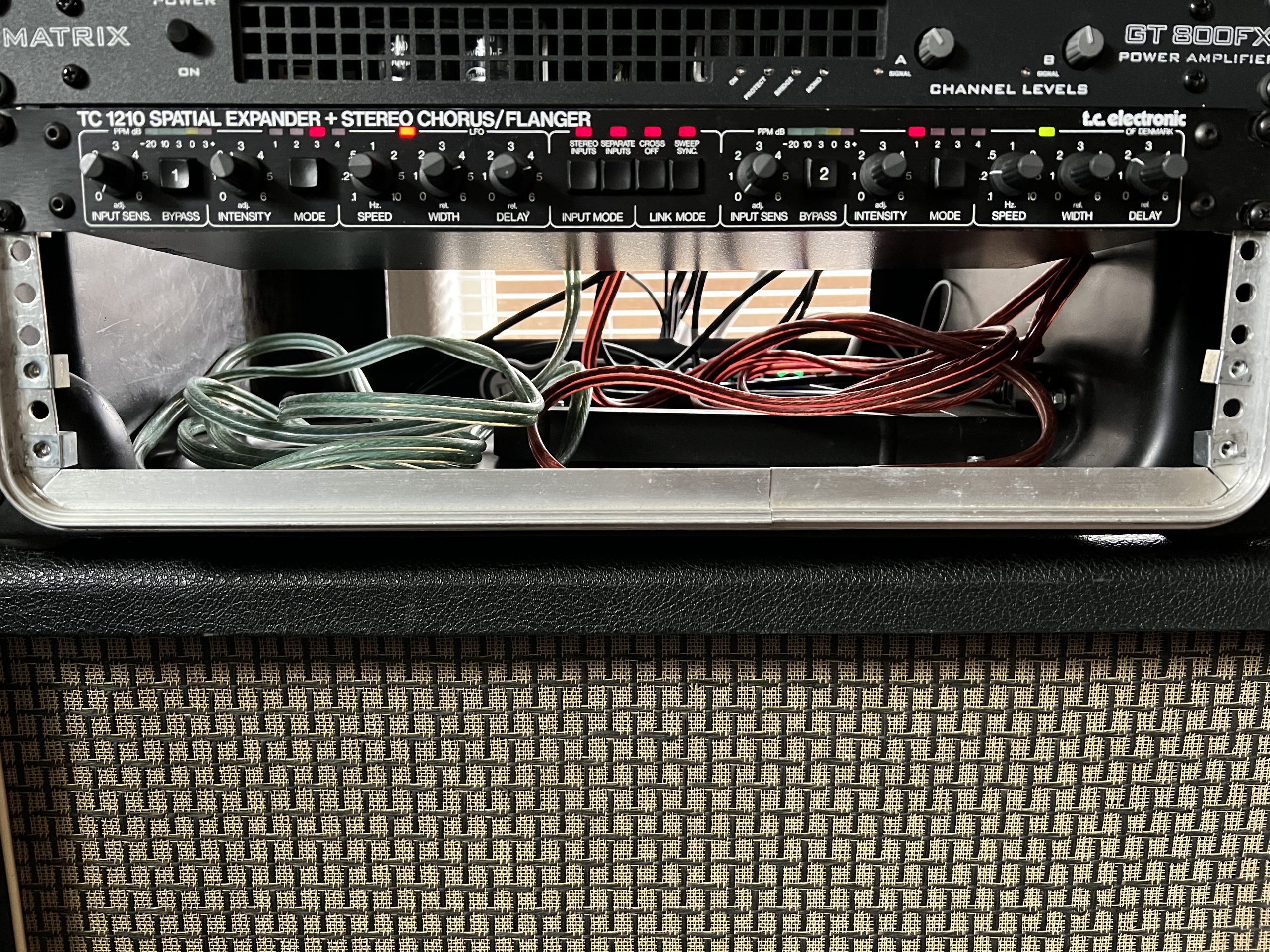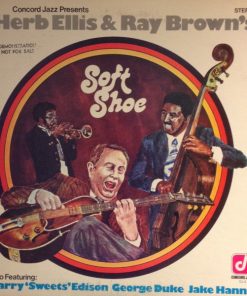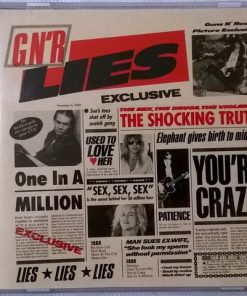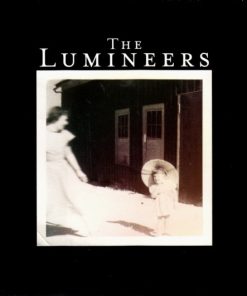Although still available new, TC Electronic’s 1210 is actually older than much of the gear featured in Retrozone. However, it’s not a synth, but an effects processor. Norman Fay explains his love of this veteran among effects.
The TC Electronic 1210 spatial expander and stereo chorus/flanger certainly is an odd one. It’s lurked in TC’s catalogue for over a decade, and this alone distinguishes it as peculiar, with hi‑tech music products rarely staying in production for more than a few years. Also strange is the fact that the 1210 is an analogue time‑domain processor. Although there’s been a resurgence in the manufacture of analogue (particularly valve‑based) units in recent years, these seem to be mainly compressors, EQs and mic preamps. Effects processors are still almost all digital, which leaves TC’s 1U rackmounting oldie in a field of one, as far as I’m aware.
Controls & User Interface
On either side of the 1210’s rather ordinary front panel are identical sets of controls for its two channels, with a set of four buttons in the middle (with associated LEDs) to control the input and output configurations, which I’ll come to in a moment. Each channel has an Input Level control with a 5‑segment LED bargraph and a Bypass button. The actual effect controls for each channel are in two sections. The first contains an Intensity knob, which has a different effect depending on which of four modes is selected by the other control here, the Mode button. In mode 1, the Intensity knob controls the amount of direct signal, in mode 2 the amount of effect signal, in mode 3 the regen amount, and in mode 4, the amount of inverse feedback. It sounds confusing at first, but you soon work it out. The second section consists of three knobs. The first is for LFO speed — variable over a range of 0.1Hz to 10Hz, and with a flashing Rate LED. The second knob is for effect depth (or Width, as it is called here), variable over a range of 0‑100%, while the delay knob, which is next, varies the delay time from 0.65 to 12 milliseconds.
Two buttons each for the so‑called Input mode and Link modes make up the aforementioned four buttons in the middle. The first Input mode button is marked Stereo Inputs, and allows you to choose whether the TC1210 operates as a mono‑in/stereo‑out affair, or as stereo throughout. The second Input mode button is marked Separate Inputs and, when selected, it divides the 1210 into two separate mono‑in, stereo out units, and links the Bypass buttons, so you can switch both channels on or off at once.
The Link mode buttons, which come next, interact with the Separate Input button. The first, the Cross Off button, switches out cross‑mixing of the two channels when the Separate Inputs button is off, but when this is on, Cross Off merely disables the link between the Bypass buttons — why, I don’t know! The second Link mode button is marked Sweep Sync, and when the Separate Inputs button is off, the expected effect is produced — the two LFOs are synchronised. When the Separate Inputs button is on, Sweep Sync actually mixes the LFO signals together, with often interesting results.
As far as rear‑panel connections go, the 1210 is uncommonly well specified. As well as the mains input and voltage selector (no ‘wall warts’ here), there are sockets for a Bypass footswitch and a Sweep Speed footpedal. As for signal inputs and outputs, the 1210 has two mono input jack sockets, two stereo output jacks, and balanced XLR duplicates of the inputs and outputs.
What It Sounds Like
Even 10 years on, the effect produced by the TC 1210 is still a real winner; the depth and richness of the effects it generates have to be heard to be believed. The effect is also deceptively subtle. After leaving it on for a while, you start to wonder if it’s actually doing anything and switch it out, only to be horrified at the thin, lifeless sound that’s left! When mixing down, I’ve often found that using the 1210 on backing parts and leaving the lead parts uneffected gives the lead part more space in which to be heard. I’ve used the 1210 on a wide variety of sources during the time I’ve had it, and have found that there isn’t much that it can’t improve. I especially like to use it on synth pads, backing vocals, old string machines, and, best of all, acoustic guitar, on which it sounds lovely! It’s also interesting to run complete tracks through the 1210, where you’ll find it simple to reprocess a mono track into stereo, and to produce an effect similar to old‑fashioned tape phasing.
So Where’s The Catch?
Now, here’s the bad news. The TC1210 may be lovely, but it’s shockingly expensive — currently £1155 (call UK distributors Raper & Wayman on 0181 800 8288 for details — Ed). This is for a device which can only be called a multi‑effects unit by virtue of the fact that it has two channels. On the face of it, it seems to be terrible value for money, but what you have to bear in mind here is that you’re getting a professional, beautifully‑constructed machine, with a genuinely different sound — and no, I’m not on a retainer from TC Electronic! When I bought my 1210, I could have got a lot of gear for the price, but I’ve never regretted buying it. If you can spare the cash, this is a strongly‑recommended purchase.
Alternatively…
If you like the sound of the TC1210, but are understandably put off by the thought of the cost, here are a few alternatives:
- SECOND‑HAND TC1210
These don’t turn up too often, as you can imagine, but if you do see one, snap it up — you’ll be getting a bargain. - ROLAND DIMENSION D
This is the nearest thing in concept to the TC1210. The Roland, though, is a four‑preset unit, so there’s no editing, I’m afraid. The dimension D has been out of production for years, and is now very much a collector’s item. Personally speaking, I prefer the TC, but I’m sure many would disagree. - BOSS DIMENSION C
A Dimension D squeezed into your standard Boss footpedal, would you believe. The Dimension C is similarly rare and collectable, and if you find one, you may be suprised at how much you’ll be asked to pay for this little tin box. If you do buy one, get a power supply too — it’s a real battery‑guzzler.


















